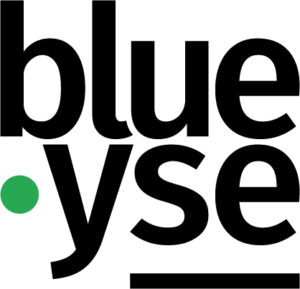
Equity lies in ensuring that practices and programs are impartial and fair and deliver equal potential outcomes for all individuals. It transcends beyond superficial diversity and attempts to establish a more equitable representation that serves the brand and its consumers effectively. Establishing equitable environments not only endorses diverse workforces but also encourages employees to invest more energy and passion into their positions. Now, what precisely defines equity, and what strategies lead to its realization?
Equity vs. equality
Equality implies treating everyone the same way, and providing the same resources or opportunities without considering individual differences or needs. While equality is important, it may not address existing disparities because individuals have different starting points.
Equity, on the other hand, recognizes and addresses the different needs of individuals. It involves distributing resources, opportunities, and support based on the specific requirements of different groups or individuals to achieve fairness.
Addressing systemic inequities
Understanding the historical context is essential for equity, as it necessitates a recognition of past and systemic inequalities. Many groups have endured underrepresentation or misrepresentation in marketing materials, and improving this imbalance needs a commitment to addressing historical injustices. Consider the historical roots that have contributed to current disparities. Were certain communities marginalized due to long-standing biases in marketing strategies? Rectifying these historical imbalances is a vital step toward creating an equitable environment.
Exploring the structural barriers is another important aspect of equity. When addressing structural barriers, acknowledging inequalities is not enough. Taking action to remove challenges that obstruct the equal participation of every individual is the solution. This could involve challenging and reshaping industry norms, practices, and policies that perpetuate discrimination or exclusion.
Representation and visibility
Authentic representation: Equity emphasizes the importance of authentic representation. It’s not just about featuring diverse faces in advertisements but also telling authentic stories that resonate with diverse experiences and perspectives.
Avoiding tokenism: Tokenism, which involves including a few representatives from marginalized groups to create the appearance of diversity, is not in line with equity. True equity means going beyond token representation and ensuring meaningful inclusion.
Intersectionality
Equity recognizes that individuals have multiple intersecting identities, such as race, gender, sexual orientation, and ability. Inclusive marketing considers these intersectional identities to avoid stereotypical portrayals.
Accessibility
Equity involves identifying and removing barriers that prevent certain groups from accessing services or opportunities. This could include making marketing materials accessible to people with disabilities or ensuring that products cater to diverse needs.
Listening and learning
Achieving equity in marketing requires listening and learning from the communities being depicted. This involves actively engaging with diverse individuals, seeking feedback, and adjusting marketing strategies based on the insights gained.
Sources:
What does diversity, equity, and inclusion mean in the workplace: https://builtin.com/diversity-inclusion/what-does-dei-mean-in-the-workplace#:~:text=Equity%20is%20the%20process%20of,of%20belonging%20in%20the%20workplace.
Diversity, equity, and inclusion in marketing: changing the way you market: https://influencermarketinghub.com/diversity-equity-inclusion/
